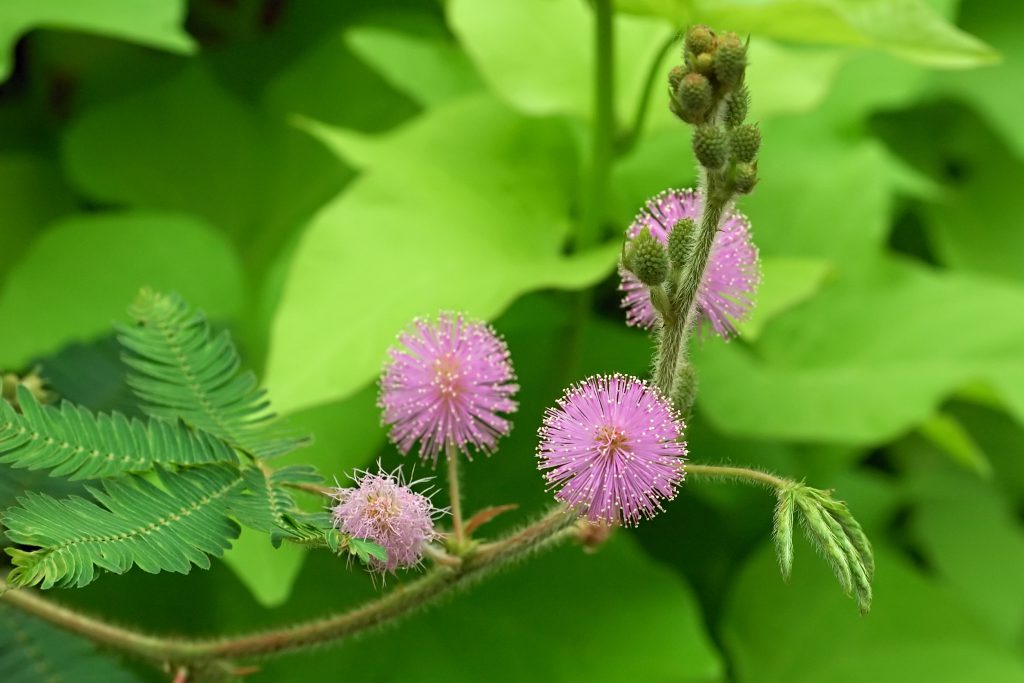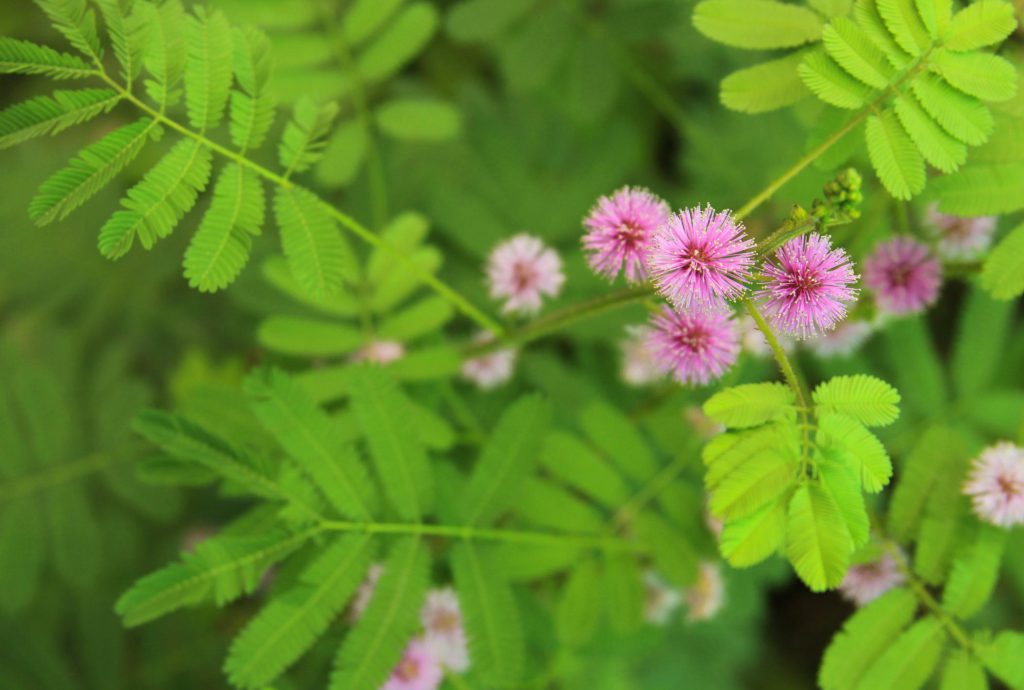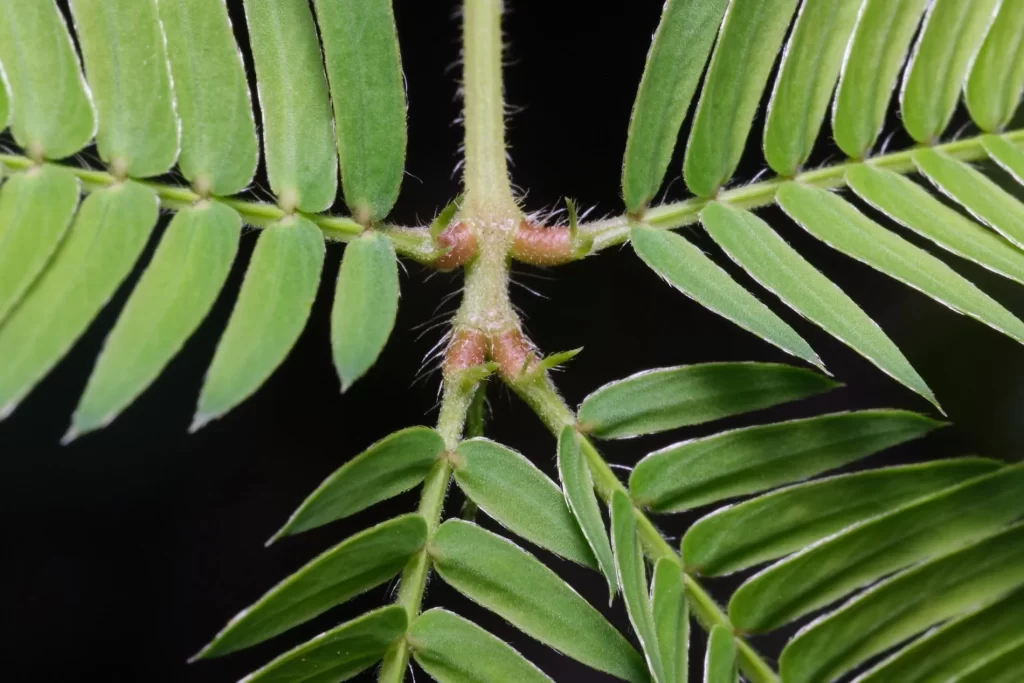Mimosa Hostilis – Tenuiflora
Jurema – Tepezcohuite

The Mimosa Hostilis / Tenuiflora tree is a very important species in America and the world, with incredible properties.
In Mexico it is known as Tepezcohuite (Mimosa tenuiflora Wild. Poir.)
In Brazil it is known as Jurema (Mimosa hostilis).
Mimosa hostilis is the old scientific name for Mimosa tenuiflora, and the two names are synonyms. Described by science just 150 years ago, it was later recognized through genetic testing that the Mexican Mimosa tenuiflora described in 1810 is the same species as the Brazilian Mimosa hostilis.
The older name (Mimosa Hostilis), is still widely used due to its presence in literature and since distributors of botanical products still use this name.
On the other hand, there are almost twenty species more popularly known as “jurema”, and most have a high concentration of alkaloids. Only some of them, mainly “jurema-branca”, do not contain tryptamine alkaloids.
DMT is probably the most powerful and enigmatic psychoactive molecule that exists, and even though it is present in one form or another in all living beings, science has not been able to determine its functionality.
Also called the “spirit molecule” and “god molecule”, DMT has been interacting with humans since the dawn of time, and is also the active ingredient in the composition of the ancestral drink ayahuasca.
Currently, Tepezcohuite/jurema is the subject of medical research on its healing, antibiotic and regenerative properties of epithelial cells.
In recent years, it has also gained popularity as an element for the preparation of ayahuasca analogues.

Mimosa Hostilis/ Tenuiflora: psychoactive effects
The root bark of Tepezcohuite/Jurema is widely used throughout the world for the preparation of the entheogenic drink called vino da jurema, juremahuasca, anahuasca or mihuasca.
The DMT molecule (N,N-dimethyltryptamine) is responsible for its psychoactive effects, and is present in both the bark of its trunk and the root.
To make this drink, the root bark of Tepezcohuite/Jurema is combined together with the seed of Syrian rue: Peganum harmala, or with the ayahuasca vine; banisteriopsis caapi, responsible for exerting the necessary inhibitory effect of MAO.
The root bark of Mimosa hostilis/tenuiflora usually has 0.25 to 1% D.M.T, while the leaves used to make the ayahuasca drink are from chakruna (Psychotria viridis), and contain around 0.20%. of DMT. An astonishing DMT content of 1% to 11% has been found in the root bark of specimens from Mexican Chiapas.
Mimosa hostilis/tenuiflora is also used for the direct extraction of the pure DMT molecule, which induces very powerful and profound experiences.

Medicinal uses of Mimosa Hostilis/ Tenuiflora
Numerous studies prove the great effectiveness of Jurema for the treatment of infections, minor burns, injuries and eczema, and for its antimicrobial activity.
Traditionally, there are many more uses: against hair loss, headaches or toothaches; internal problems such as heartburn, gastritis, peptic and duodenal ulcers, colitis and hemorrhoids. Also against herpes, acne, and diseases related to parasites (Camargo-Ricalde, 2000).
In Afro-Brazilian cults, M. tenuiflora is also used to cure infections and treat inflammation (Albuquerque and Chiappeta, 1994).
LEGISLATION
Internationally, DMT is a Schedule I drug under the Convention on Psychotropic Substances. However, in the Commentary to the Convention on Psychotropic Substances it is noted that plants containing it are not subject to international control:
“The cultivation of plants from which psychotropic substances are obtained is not controlled by the Vienna Convention… Neither the crown (fruit, mezcal button) of the Peyote cactus nor the roots of the Mimosa hostilis plant nor the Psilocybe mushrooms are included in Program 1, but only their respective principles, mescaline, DMT and psilocin.”
DMT – UN report 03/31/2001
